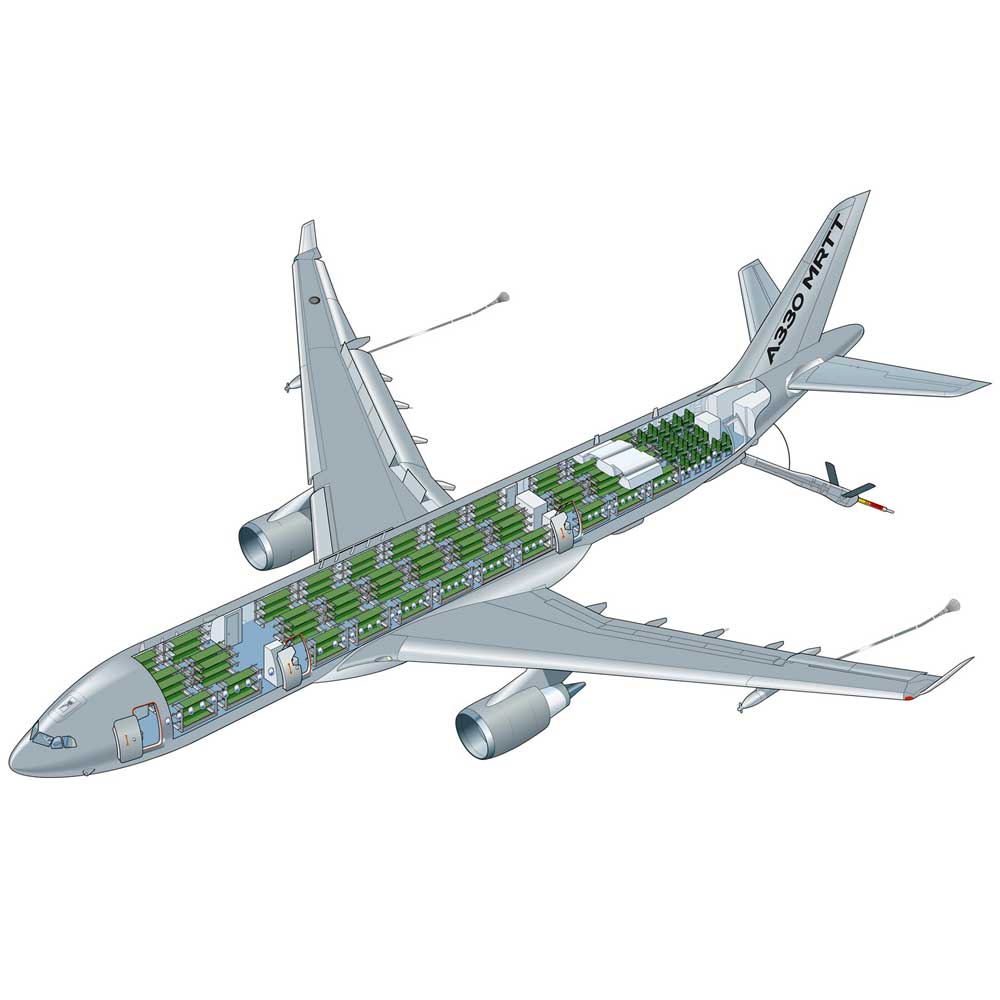DAS system has a much shorter range than IRST, typically less than 10 km.Don't forget traditional IRST is one thing but DAS and sensor fusion of F35 is an unknown quantity.
Making IRST on Kizilelma work with it's AESA radar is sensor fusion too.
It could help US defeat F-35 just like I showed you above.
Sensor fusion, DAS, laser pod, other DIRCM, low RCS are not some magical things that only
holly F-35 and Americans can have and benefit from.
In this scenario above better IRST could win, not smaller RCS.
RCS doesn't even matter that much because our AESA radar doesn't even have to be active for us to see the F-35.
All we must have is more modern IRST with longer range IR zoom, better IR resolution.
Very doable thanks to IR abilities of Aselsan. Perhaps our IRST system end up being 5x bigger as a result.
Who cares we weren't going to win against F35 by being compact and lower RCS anyway.
Sadly our current IR systems aren't better than anyone's. But they sure can be.
Last edited:










